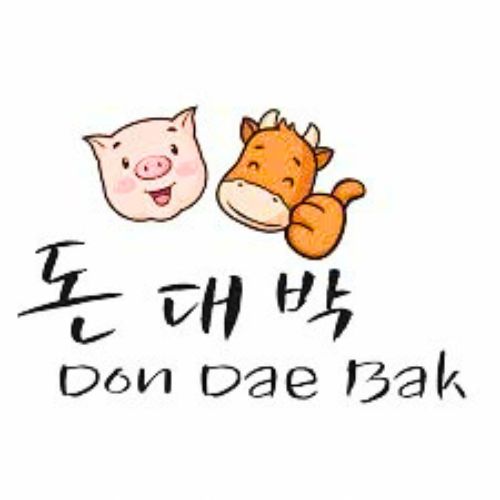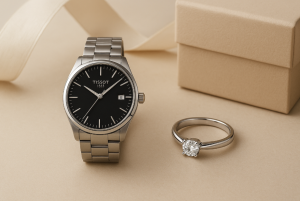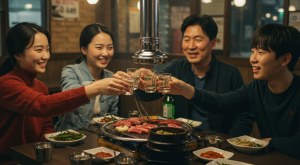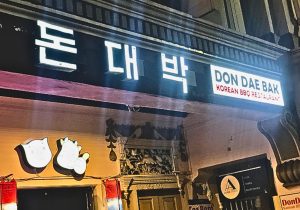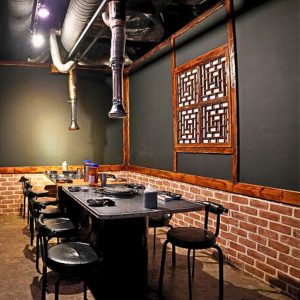How AI Image Generation is Revolutionizing Food Photography
In today’s world, what people see is super important, especially when it comes to food. A great picture can make a restaurant famous or a food product sell like crazy. It’s not just a picture; it can be worth much money!
That’s where AI image generation comes into play. Think of tools like Adobe Firefly, Midjourney, or Stable Diffusion. These are like super-smart computers that can create pictures based on your instructions. And this is changing how food photography works.
The AI image generation is really shaking things up in food photography. It gives us more control, makes things faster, and lets almost anyone create awesome food pictures. But it also brings some new things to think about.
The Way Food Photography Used to Be
Before AI, food photography was a whole line of production. You needed a skilled photographer, fancy cameras, special lights, and someone to make the food look perfect. It took time and money.
- You had to pay the photographer.
- You needed expensive equipment.
- Sometimes, you have to rent a studio.
- And don’t forget about the food stylist!
It could be tough, especially for small businesses. Getting great food photos could be too expensive or take too long. Plus, finding a professional food photographer wasn’t always easy, depending on your location.
And if you wanted to take pictures of the same dish multiple times, getting them to look the same was a challenge.
AI Image Generation: A New Way to Take Food Pictures
In its simplest explanation, AI image generation is like teaching a computer to draw. These AI programs learn from millions and millions of pictures. Then, when you give them a description (referred to as a “prompt”), they create a new picture based on what they’ve learned.
For example, you might type, “A close-up photo of a juicy burger with melted cheese on a wooden table.” The AI then translates your descriptions into an image. You can even tweak the description to get the picture just right.
Here’s the edge of using AI tools in food photography:
- Cost-Effective: You save a lot of money because you don’t need a photographer, studio, or stylist.
- Speed and Efficiency: You can get images in minutes instead of days or weeks.
- Creative Control: You can try out different ideas and styles that might be hard to do with traditional photography.
- Accessibility: Anyone can create great food photos, even if they don’t have a lot of money or experience.
And YES, you can use a free photo AI generator in no time. It’s easy to use and saves money, perfect for beginners or small businesses.
What Can You Do With AI Food Photography?
Let me give you some examples of how AI is being used:
Restaurants and Food Businesses:
Imagine a small bakery that wants to update its menu. With AI, they can quickly create beautiful pictures of their pastries without spending a fortune. They can also use AI to create eye-catching ads for social media.
Food Bloggers and Influencers:
A food blogger can use AI to generate different versions of a recipe photo for various platforms. For example, a vertical image for Pinterest and a square image for Instagram. This makes their content more engaging and saves them a lot of time.
Food Product Companies:
A company launching a new line of snacks can use AI to create realistic images for its website and packaging. This helps them showcase their products in the best possible light.
Here’s a little table to help you see the differences between AI and Traditional Photography:
| Feature | Traditional Food Photography | AI Image Generation |
| Cost | High (photographer, equipment, studio) | Low (subscription or free tools) |
| Speed | Slow (scheduling, shooting, editing) | Fast (minutes to generate images) |
| Control | Limited by the photographer’s skills and budget | High (can tweak prompts to get the desired result) |
| Accessibility | Limited to those with resources | Open to anyone with a computer |
Here are some ideas for images you could create with AI:
- A close-up shot of a perfectly grilled slab of steak with prominent grill marks.
- An overhead shot of a beautifully arranged charcuterie board.
- A stylized image of a colorful smoothie bowl with a tropical background.
Things to Keep in Mind
Of course, AI image generation is NOT perfect. There are essential factors to consider, too:
- Realism: Sometimes, AI images can look a little fake. They might not have all the little details that make a real photo pop. But the technology is getting better all the time.
- Specific Details: Getting the AI to create precisely what you want can be tricky. You have to be very specific in your descriptions.
- “AI Look”: If you repeatedly use the same AI styles, your images might start to look the same. It’s good to experiment and try different things to avoid making the output appear too generic.
- Ethics: There are also some ethical questions to think about. Who owns the copyright to an AI-generated image? And how do we make sure AI isn’t used to create misleading or harmful content?
Here are a few tips to get better results:
- Be very detailed in your prompts. The more information you give the AI, the better the image will be.
- Use photo editing software to refine the AI images. This can help make them look more realistic and polished.
- Think about combining AI with traditional photography. You could use AI to create a starting point and then have a photographer add the finishing touches.
- Keep learning! AI technology changes rapidly, so stay up-to-date on the latest tools and techniques.
What’s Next for Food Photography?
AI is going to become even more important in food photography. It will help us create striking visuals that we never thought possible.
- AI will be used in every step of the food photography process.
- We’ll see new and creative ways to use AI to make food look even more appealing.
- Anyone can create professional-looking food photos, no matter their budget or experience.
- It might become difficult to distinguish between an AI-generated image and an actual photograph.
But don’t worry, food photographers aren’t going away! Their job dynamics might change. They’ll need to learn how to use AI tools to enhance their work. They’ll become more like creative directors, guiding the AI to create the perfect images. And their artistic vision will still be essential for making food photos that really stand out.
Final Thoughts
AI image generation is changing food photography in the most significant way. It’s making it cheaper, faster, and more accessible to everyone. I’m excited to see what the future holds and how AI will continue transforming how we see food.
It is an exciting time to be alive, and I can’t wait to see what the future of food photography with AI holds.
